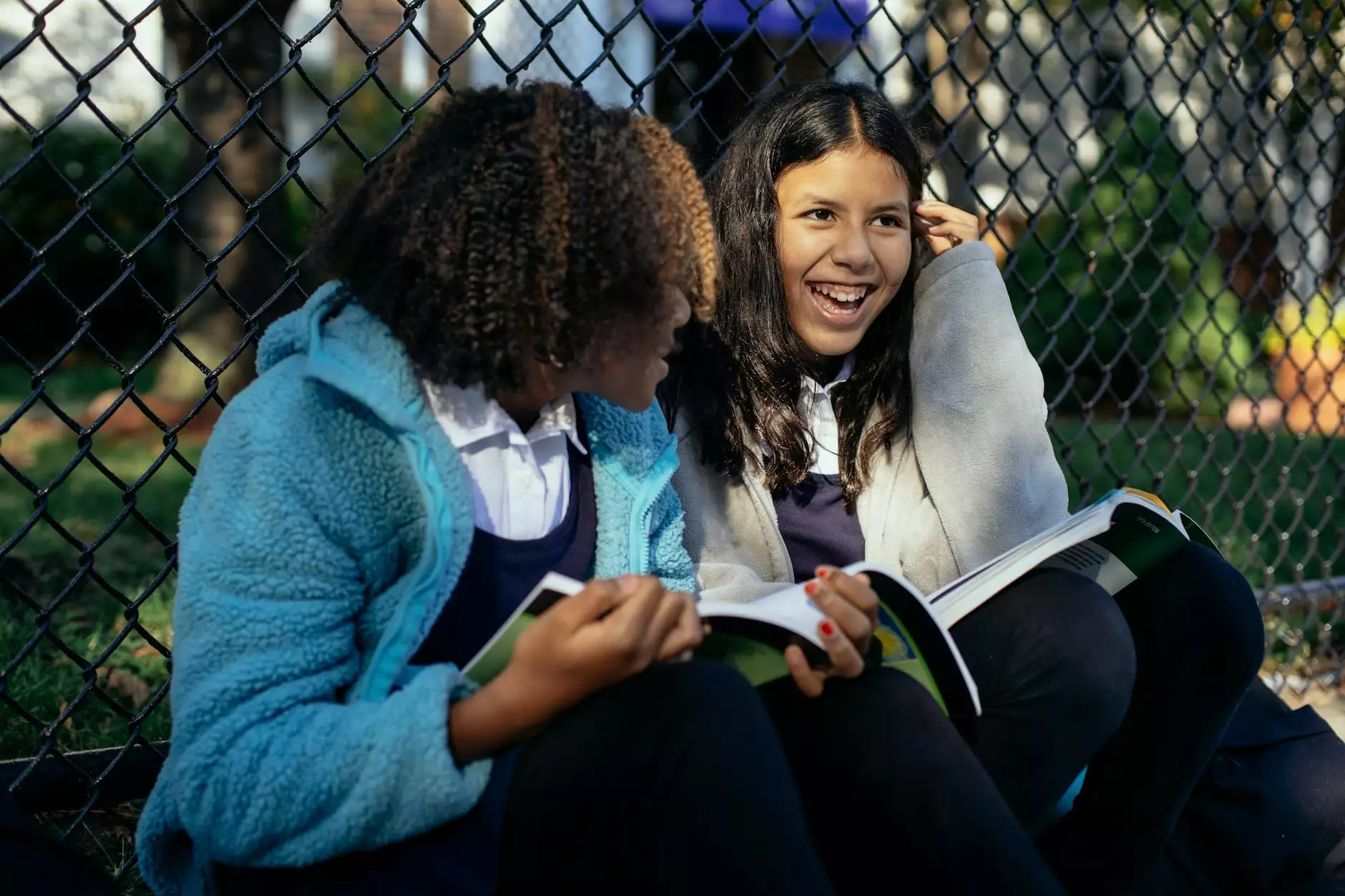Ep013 Culturally Responsive Teaching

Understanding Culturally Responsive Teaching
In the realm of education and creating inclusive learning environments, culturally responsive teaching plays a vital role. It is an approach that aims to acknowledge and address the diverse backgrounds, experiences, and learning styles of students. By integrating students' cultural, social, and historical contexts into the learning process, culturally responsive teaching leads to more meaningful and engaging educational experiences for all.
The Significance of Culturally Responsive Teaching
Culturally responsive teaching recognizes the importance of diversity and seeks to dismantle systemic barriers that hinder educational equity. It empowers students from various cultural backgrounds, ensuring that their identities and experiences are valued within the learning environment. By incorporating students' cultures and perspectives into curriculum, instructional strategies, and classroom management techniques, educators foster a sense of belonging, motivation, and academic success.
Key Principles of Culturally Responsive Teaching
1. Building Relationships
At the heart of culturally responsive teaching lies the emphasis on building strong and authentic relationships with students. By establishing connections based on trust, respect, and empathy, educators create a supportive and safe space where students feel valued and learn to embrace their unique identities.
2. Incorporating Student Experiences
To make education more relevant and relatable, culturally responsive teaching incorporates students' experiences, perspectives, and cultural heritage into the curriculum. This approach allows students to make meaningful connections between their own lives and the content being taught, fostering deeper understanding and engagement.
3. Adapting Instructional Strategies
Recognizing that learners have different strengths and preferences, culturally responsive teaching encourages the use of diverse instructional strategies. By offering a variety of approaches, educators cater to the needs and learning styles of all students, ensuring equal opportunities for success.
4. Creating Inclusive Learning Environments
Culturally responsive teaching promotes inclusivity by celebrating the diversity of students and creating an environment that is respectful, affirming, and accepting of all. It is essential to address biases, challenge stereotypes, and provide equitable opportunities to ensure every student feels welcomed and supported.
Research on the Impact of Culturally Responsive Teaching
Extensive research has shown that culturally responsive teaching has a significant positive impact on student outcomes. Students who experience culturally responsive classrooms demonstrate heightened engagement, increased academic achievement, enhanced self-esteem, and improved social-emotional well-being.
Moreover, culturally responsive teaching leads to a reduction in achievement gaps, as it helps provide equitable learning experiences for marginalized students who have historically been underserved by traditional approaches. By fostering cultural competence and critical thinking skills, this approach prepares students to thrive in diverse and interconnected societies.
Culturally Responsive Teaching in Practice
Incorporating culturally responsive teaching practices involves ongoing professional development and a commitment to continuous growth. Educators can engage in various strategies, such as:
1. Culturally Relevant Curriculum
Developing a curriculum that reflects the cultural diversity present in the classroom, integrating culturally relevant resources, texts, and examples that resonate with students' experiences.
2. Building Community Partnerships
Engaging with community organizations, families, and local cultural resources to ensure the incorporation of external perspectives and expertise into the learning process.
3. Professional Learning Communities
Collaborating with colleagues to share best practices, discuss challenges, and collectively enhance culturally responsive teaching approaches.
4. Ongoing Reflection and Evaluation
Continuously reflecting on teaching practices, seeking feedback from students and colleagues, and adjusting instructional approaches to better meet the diverse needs of learners.
Embracing Culturally Responsive Teaching for Inclusive Education
Culturally responsive teaching is essential for creating inclusive educational environments where every student feels valued, respected, and empowered to succeed. By embracing and implementing the principles of culturally responsive teaching, educators positively influence student outcomes, promote equity, and prepare students to thrive in a diverse world.










